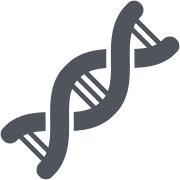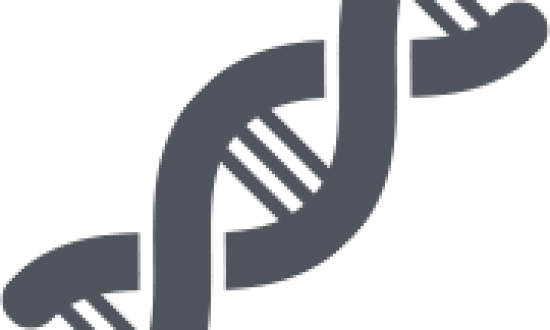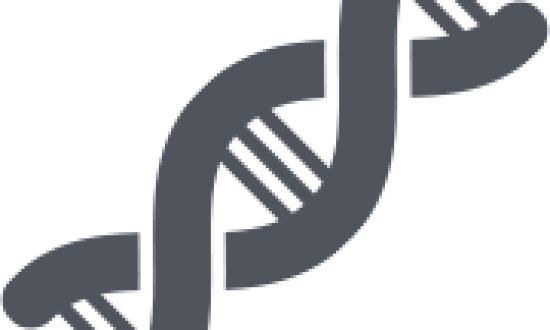Artemisinin Molecular Surveyor
The Artemisinin Molecular Surveyor is an interactive map that summarises the prevalence of these molecular markers in the propeller region of the Kelch 13 gene
Published studies
Countries
The discovery of molecular markers of resistance in the Kelch 13 gene gives us the unusual opportunity to monitor the emergence and spread of resistance nearly in real time. Assessing the prevalence of these molecular markers in other regions can provide an early warning system to trigger rapid responses to develop control strategies.
The Artemisinin Molecular Surveyor is an interactive map that summarises the prevalence of these molecular markers in the propeller region of the Kelch 13 gene of the malaria parasite by location and year, providing a clear and standardised visualisation of the evidence to date to inform key international, regional and national monitoring strategies.
The Artemisinin Molecular Surveyor
- Displays the distribution of resistance markers found on the Plasmodium falciparum malaria parasite Kelch 13 gene according to their association with delayed parasite clearance:
- K13 mutations associated with slow parasite clearance (associated with slow clearance ticked),
- All nonsynonymous K13 mutations (associated with slow clearance unticked),
- Displays data from 429 published studies, covering sites in 79 countries, from 2001 to February 2024
- Presents molecular analyses of K13 genotypes,
- Flexible default settings can be altered easily by the user,
- View countries with data on the left hand bar,
- Discover other visualisations of the same data that allow the user to explore the temporal trends and compare two different sites of interest in more detail are available below the map.
The pins on the map are coloured according to the prevalence of mutations associated with delayed parasite clearance:
- A site where no isolates with mutations in the propeller region (>440), associated with delayed clearance, were observed, is coloured green.
- A site with >0 - <5% of isolates with any mutation associated with delayed clearance in the propeller region (>440) is coloured yellow.
- A site where any propeller mutations (>440) associated with delayed clearance are observed with a combined prevalence of ≥5% - <10% is coloured amber.
- A site where any propeller mutations (>440) a associated with delayed clearance are observed with a combined prevalence of ≥10% is coloured red.
Part of this data has been collected from the WHO Malaria Threats Maps. You have the royalty-free, worldwide, non-exclusive right to use, reproduce, extract, download, copy, distribute, display or include the Datasets and data contained therein in other products for public health purposes.
To find out more information about the tool or how to contribute data please email wwarn@wwarn.org
To learn more or optimise your tools for reporting artemisinin drug resistance, view our kelch markers toolkit for minimal criteria in reporting Plasmodium falciparum kelch13 (pfkelch13) markers.
- Find out more about the methods used by the Artemisinin Molecular Surveyor tool.
Citation
Infectious Diseases Data Observatory (IDDO) (2015): Artemisinin Molecular Surveyor. Infectious Diseases Data Observatory. (InteractiveResource). https://www.iddo.org/wwarn/tracking-resistance/artemisinin-molecular-surveyor




